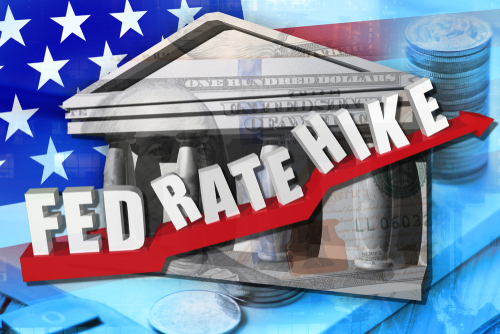
Europe | Monetary Policy & Inflation | UK | US

Europe | Monetary Policy & Inflation | UK | US
Following lower than expected CPI and PPI, Barkin, Daly, Kahskari and Evans stressed that they expected further hikes through 2023. By the end of the week, the market pricing of the end-2022 FFR was down 4bp on the week and pricing of the end-2023 FRR was up 12bp on the week. At 3.2%, the end-2023 FFR remains well below the June SEP at 3.8%, while the end-2022 FFR at 3.5% is roughly in line with the June SEP.
The minutes are out this week and I expect them to reinforce the message that rate hikes will continue into 2023.
As of this writing, there are 3 speakers scheduled, Barkin, George and Kashkari and I expect them to stay on message on 2023 rate hikes.
The inflation data was better this week with both the CPI and the PPI printing below expectations (please see July 2022 CPI: A Transitory Respite for the Fed).
Covid related hospitalizations have plateaued (Charts 4 and 6).
The most important data will be the retail sales (Wednesday). I am expecting a positive surprise, relative to the consensus 0.2%, as the recent stronger than expected labor market, PMI and consumer confidence data suggest economic growth could be picking up.
Other key data include:
The Inflation Reduction Act, a whittled down version of the administration Build Back Better Bill, that funds a combination of climate, health care and budget deficit reduction initiatives is poised to become law this week after it was voted by House and Senate.
Links to New York Fed POMOs/TOMOs: Repos, Treasury, MBS, CMBS
In a week, with little by way of European data or central bank speakers, it will be UK releases that dominate. Markets may have been able to find comfort from the recent miss in CPI in the US, but there is unlikely to be the same kind of reprieve for the BoE.
UK CPI (released Wednesday) is expected to come in at 0.4% MoM, leaving the YoY continuing on the upward trajectory. The reading itself is probably not that important, given that for now it is the expected outturns in Q4 (after Ofgem’s new price cap rise comes into effect, announced 26 August) that will ultimately dominate. The story seems clear, that prices are continuing to surge in the near-term on energy costs, and there is nothing that the Bank of England (BoE) can do about it.
Meanwhile, UK labour market data (released Tuesday) will continue to show that hiring difficulties remain strong, and wages continue to rise wages significantly above pre-COVID rates (Chart 1). The market is looking for headline wage growth of 4.5% YoY, but there could be upside based on more timely PAYE data (Chart 2). Even if they do overshoot, it still means a rapid decline in purchasing power for UK consumers. This should be shown in continued deterioration in August GfK consumer confidence and July retail sales data.
Against this backdrop, the BoE has a difficult balancing act on its hands. It needs to be perceived to be doing something about inflation, while being conscious that continuing to just hike rates until inflation drops will put increased pressure on the consumer.
A drought has been declared in the UK. For Europe, it is a largely similar story. The lack of rain and the intense heats seen through July, and now August are having serious implications. This will heighten the issues European manufacturing is already facing with regards to energy supply. Low and hot rivers restrict the amount of water nuclear power plants can discharge, and consequently the amount of power they can produce. France has recently tweaked the rules to allow five plants to continue discharging, but it remains an issue.
Meanwhile, the water level on the Rhine, down which barges need to travel to fuel the German industrial heartland are at dangerously low levels (Chart 3). This weekend is expected to see the level at the key river point at Kaub drop below 40cm, effectively stopping many barges from passing that point. That last happened in 2018, but it happened then much later in the year, suggesting that worse may be ahead.
At the same time, recent setbacks suffered by Russia in its invasion of Ukraine (including costly destruction at a naval airbase in Crimea) may encourage them to further tighten their stranglehold on Europe’s energy supply. We will be watching closely for signs of escalation, or how it may come about. By our calculations, if Russian gas to Germany is restricted further, the 15% EU suggested reduction in gas usage will not be sufficient to avoid a shortage.
Data releases this week include Japan’s CPI and China’s SWIFT data on CNY transactions.
Spring sale - Prime Membership only £3 for 3 months! Get trade ideas and macro insights now
Your subscription has been successfully canceled.
Discount Applied - Your subscription has now updated with Coupon and from next payment Discount will be applied.